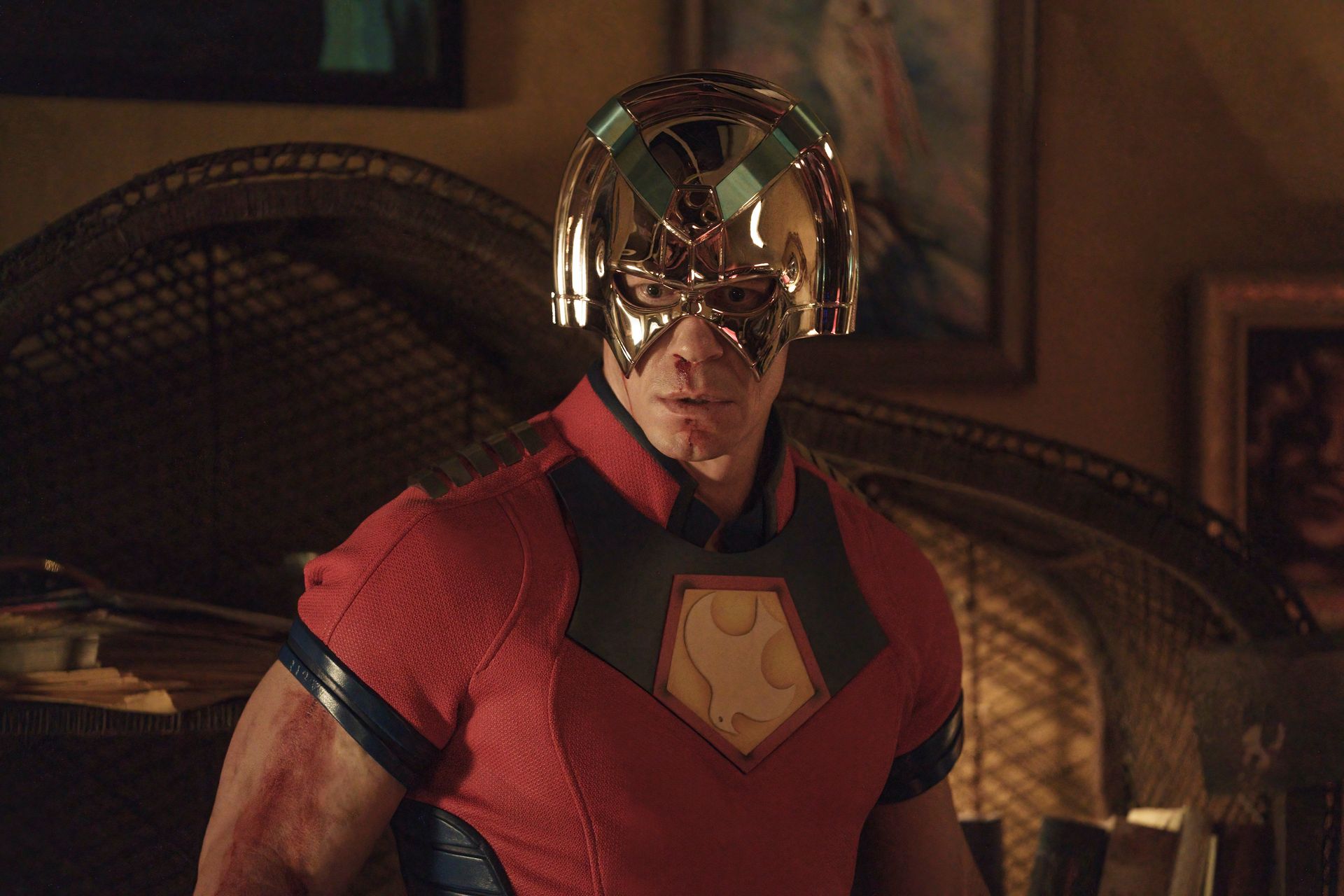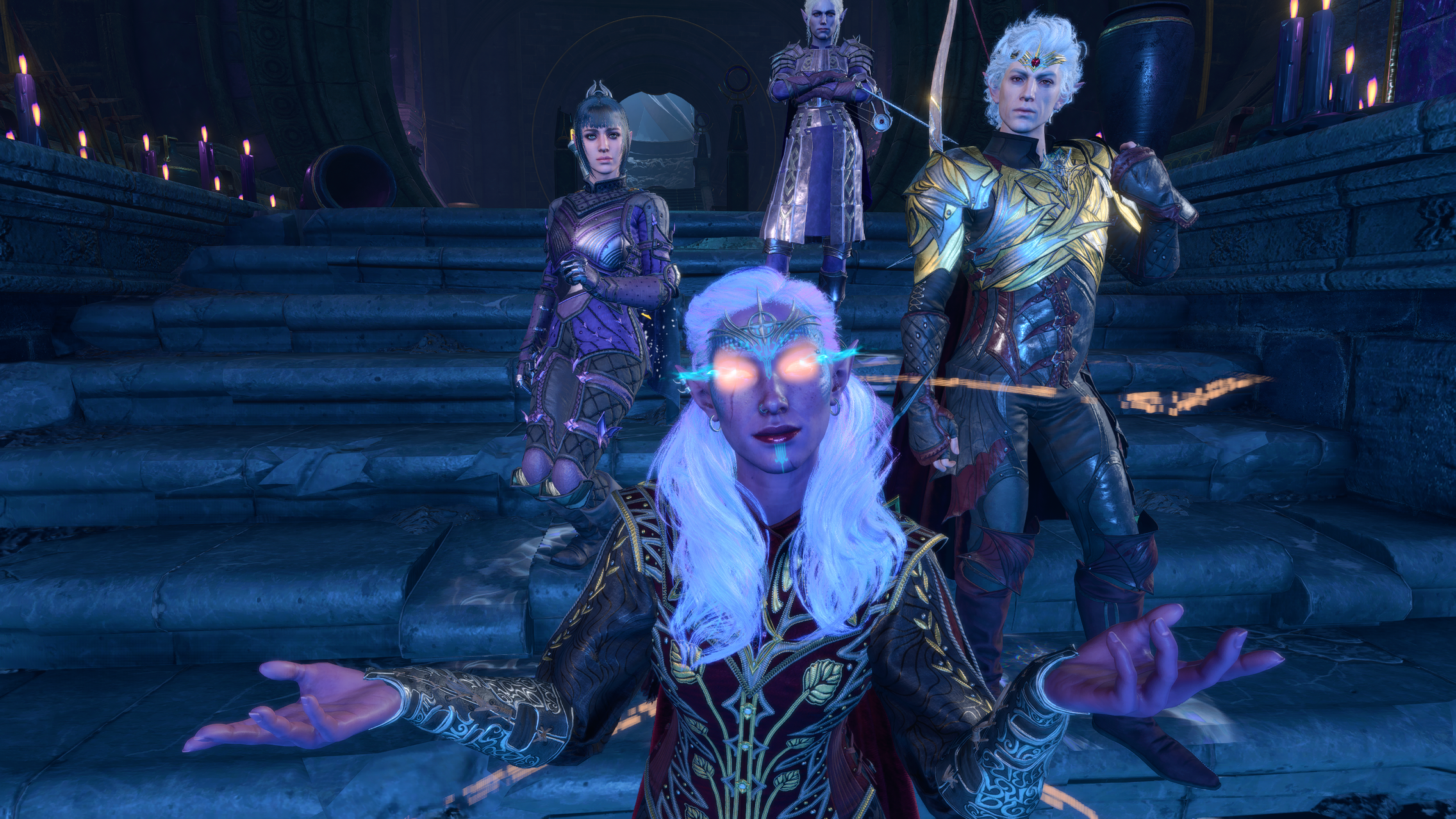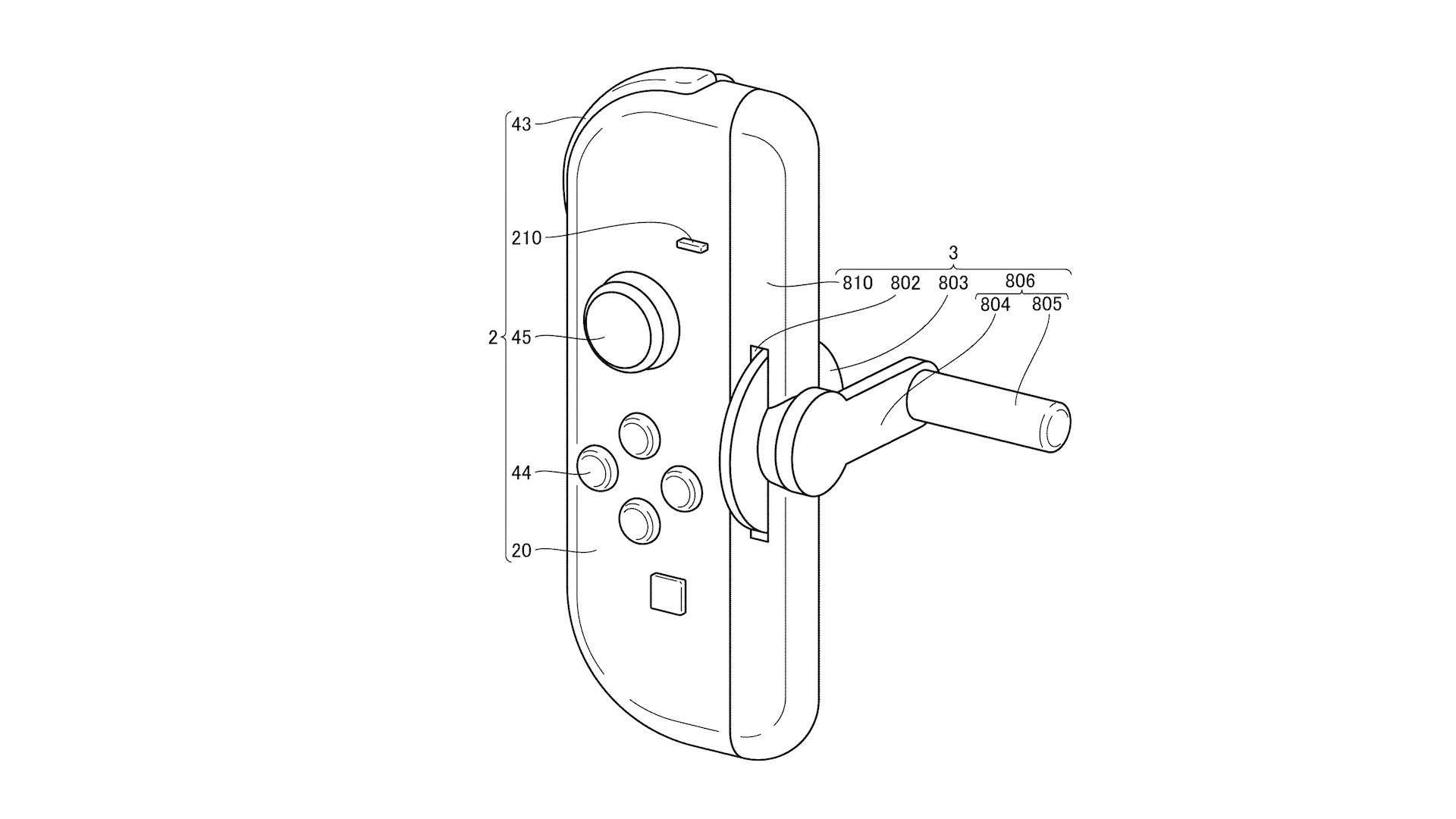For the past three decades, multidisciplinary artist Jonathan Zawada has produced art across various mediums: sculptures, paintings, videos, installations, and more. He’s also been making visualizations with his friend Mark Pritchard, a record producer and experimental musician. They became close friends, talking nearly every day. But the relationship changed when Pritchard brought him a new, daunting project: a collaborative album with Thom Yorke, the frontman of Radiohead.
“I’m a massive fan, and I’ve found he’s kind of a terrifying person,” Zawada says. But despite being intimidated, he found Yorke to be a great collaborator. “He’s so switched on, and he’s so clear and concise… Yeah, I was very nervous a lot of the time.”
Before the record, Tall Tales, was even a complete album, Zawada was working on a visual accompaniment to it. Songs would arrive in his inbox — oftentimes just sketches or demos — and Zawada would send back pictures or start a collaborative whiteboard. It’s just whatever popped into his mind after listening to the music: Dutch painters Pieter Bruegel and Hieronymus Bosch came up a lot. Five years later, the album is now available and Zawada’s accompanying “visual experience” is in select theaters today.
You can see the influence of Bruegel and Bosch in Tall Tales, though twisted into something modern and digital and absurd. The movie features a carnival of eerie, unnerving monsters set against mesmerizing, technicolor landscapes. There are interludes of real-life footage, but even that is used to destabilize the viewer with the vantage point of drones and surveillance cameras observing the massive scale of construction sites and global shipping apparatuses. Tall Tales gestures to the nightmare of contemporary life, but it is also tremendously funny: contorted CGI townspeople dancing to prickly electronica, grotesque mutated heads marching along to Thom Yorke’s anxious falsetto. Between songs, the movie cuts to a video-game-inspired world map, where a little bird walks the viewer to the next stage/song. (At the screening where I saw Tall Tales, the audience laughed at this, without fail, each time.)
Zawada’s work very much explores the line between artificiality and humanity, and he’s thinking often about the ethical and aesthetic ramifications of technology. Which is why it was especially painful when one of the early videos from Tall Tales dropped and people started accusing the movie of being made with AI.
Zawada doesn’t actually read the comments, but Pritchard does. He was wounded to find out that people believed AI had been used on the video for “Gangsters” when it had not. “[Pritchard] tells me about all this grief that it gets from people assuming it’s made with AI, and then bitching about it and complaining that it’s made with AI, even though none of these videos have been made with AI,” Zawada says, of the videos that had been released.
Perhaps it was Zawada’s aesthetic — one that expresses a malformed, distorted version of its CGI influences — that aroused viewers’ suspicions. The easiest red flag that an image was generated with AI is to count the number of fingers, yet a creature with too many fingers would feel right at home in the universe of Tall Tales.
“If it looks like something that’s not real now, people think it’s AI,” Zawada says.
Still, he understands why fans are so allergic to anything that even has a whiff of AI. Particularly in music, an industry that has contracted and made livable wages for artists extraordinarily rare, the conversations around AI, creativity, and labor become heated quickly. (Recently, Stereolab released a music video made entirely with AI, much to the chagrin of fans. The most upvoted comment on the YouTube video: “we love stereolab, we hate AI.”)
Like a lot of artists, Zawada was already worried about AI. He’s not against using it in some cases — he admits that he deployed it in some places in Tall Tales, like a few environmental backgrounds and the texture for a fish body — but all his usage comes from local installs of publicly available models rather than Midjourney or Dall-E. (Some would argue that what Zawada is doing doesn’t even constitute generative AI these days.)
But his concerns about AI are more existential, and predate this moment. Will anyone want to make art in a world where the attention economy is so consumed by a flood of content? He recalls a time before the internet and social media. “If you wanted to get people to pay attention to you, you’d write a song,” he says. “And people listen to you and that feels good. Then there’s sort of like a flywheel feedback loop of how culture gets made and how art gets produced.” That’s all changed now. “You don’t need to make a piece of art. You just need to make a social media post.” The merits and value of what AI produces continues to be debatable, but no one will deny that it generates things at a scale that historically seemed unfathomable.

One of the most memorable visuals accompanies the song “A Fake in a Faker’s World,” which features a seemingly endless row of mechanical arms painting an ever-changing landscape — a not-so-subtle depiction of robots making art. Eventually, it cuts to a human’s face, an expression melting into a rainbow, before returning to the robotic painters, now removed from their environment and floating as a careening kaleidoscope of machines reproducing the same hideous image to infinity. The drums kick in, Yorke begins to croon, and finally the arms are creating unique images.
Thematically, Tall Tales is a bit of a cipher, but as a project, it began with Zawada thinking about forgeries. He found AI art more compelling in its early days, when it generated things that looked insane. If the internet has a primary characteristic, it’s that things can be copied effortlessly and endlessly. As AI gets harder to detect, maybe we’ll be drawn to the things that are obviously fake.
The Tall Tales album is available now, and the film is screening in select theaters around the world today.

















